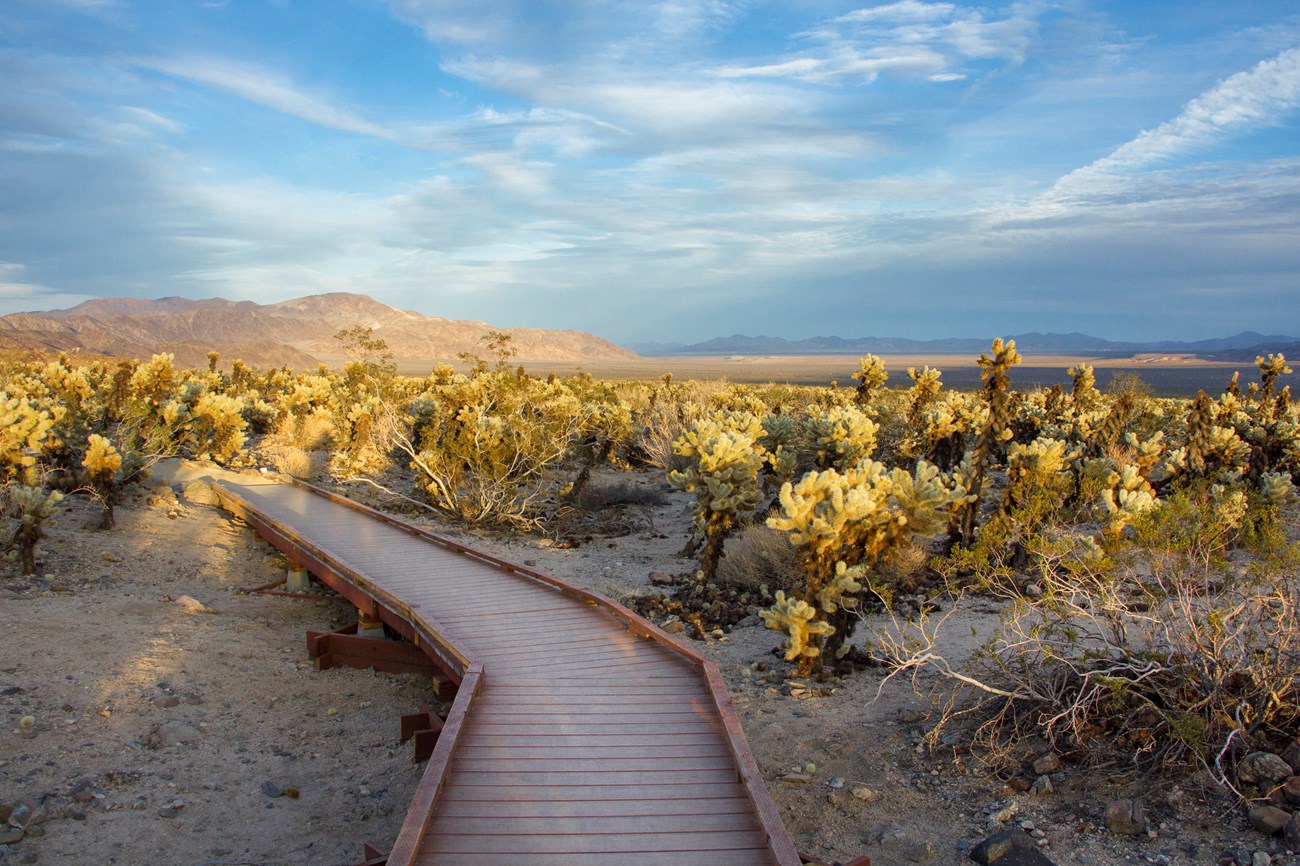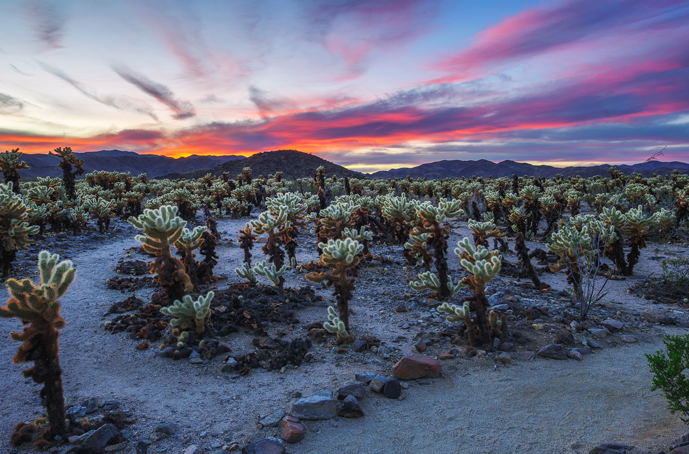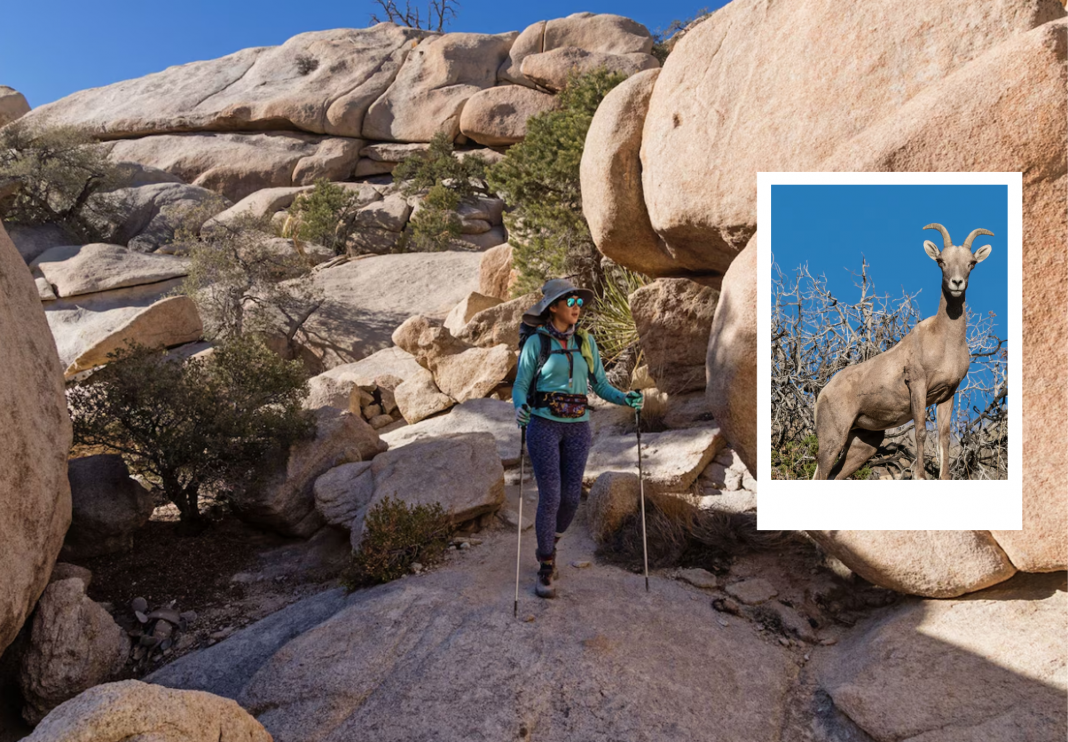With its iconic spiky yuccas, otherworldly rock formations, and wide-open desert skies, Joshua Tree National Park is a bucket-list destination for hikers of all levels. Whether you’re a seasoned trekker or a casual wanderer, the park’s trails offer a range of unforgettable experiences—from quick nature loops to multi-day wilderness journeys. Here’s how to make the most of your time on foot in California’s stunning Mojave Desert.
Know before you go: desert safety and seasonal tips
Joshua Tree may look serene, but hiking here demands preparation. The park is set in an arid desert environment, meaning even short walks require essential gear: sunscreen, a wide-brimmed hat, ample water, and a flashlight if you’re hiking after sunset. For longer treks, bring snacks, a first-aid kit, and a downloaded GPS map, since cell service is virtually nonexistent across most of the park.
While Joshua Tree is open year-round, timing your visit can make a huge difference. Summer temperatures often soar above 100°F, making midday hiking dangerous. In contrast, winter brings much cooler temperatures—daytime highs hover around 60°F—but expect freezing nights and occasional snow at higher elevations.
Spring and fall are the sweet spots for hiking. Mild temperatures, clear skies, and blooming wildflowers (especially from February through May) make these seasons ideal. But be warned: “October through May is our busiest time of year, especially holiday weekends,” says Donovan Smith, the park’s public information officer. Plan to arrive early—parking lots at popular trailheads can fill up by 8 a.m.
Easy hikes for first-timers and families

Joshua Tree offers several short, accessible trails that pack a visual punch with minimal exertion. These nature walks are ideal introductions to the park’s landscape, history, and plant life. Hidden Valley, Barker Dam, and Cap Rock are three of the most popular trails for beginners. Each one is less than a mile long and can be completed in under an hour. Hidden Valley, a legendary spot once used by cattle rustlers, offers views of massive boulders and native flora. Barker Dam combines desert views with a glimpse into the park’s human history, featuring a historic water reservoir built by early ranchers. Cap Rock showcases the park’s unique geology and is especially photogenic at sunset.
For one of the most breathtaking panoramic views in the National Park System, take the short 0.2-mile walk to Keys View. Perched at over 5,000 feet, this wheelchair-accessible overlook provides a sweeping vista of the Coachella Valley, the Salton Sea, Mount San Jacinto, and even the San Andreas Fault. Visit at dusk for a truly magical experience as the valley lights flicker on below.
For more adventure: intermediate and advanced trails

For hikers looking to break a sweat and escape the crowds, Joshua Tree has a variety of moderate to strenuous routes that offer solitude and spectacular scenery. One of the park’s signature hikes is the Boy Scout Trail, an eight-mile route leading into the Wonderland of Rocks—a labyrinthine expanse of giant granite boulders and narrow canyons. This trail can be done as a day hike or an overnight trip with a backcountry permit.
The California Riding and Hiking Trail is a 36-mile journey that cuts across the park’s wilderness, typically completed over two to three days. Expect wide-open desert views, remote campsites, and star-studded night skies. Closer to the Cottonwood Visitor Center, consider the three-mile hike to Mastodon Peak for sweeping desert views and a touch of mining history. For a more rigorous trek, the 7.5-mile out-and-back trail to Lost Palms Oasis rewards hikers with a remote grove of native California fan palms—an oasis that feels worlds away from the modern world.
Don’t miss Ryan Mountain, one of the park’s most iconic hikes. This three-mile round-trip trail climbs to 5,456 feet, delivering panoramic views of Hidden Valley, Queen Valley, and the dramatic Jumbo Rocks formations. It’s steep but rewarding, especially in the early morning light.
Spotting wildlife in a land of extremes
At first glance, Joshua Tree’s dry, sunbaked terrain may seem inhospitable to life. But look closer, and the desert teems with well-adapted creatures—many of them active under the cover of night. “Many people see the desert as empty, but it’s home to a rich diversity of life,” says evolutionary biologist and National Geographic Explorer David M. Althoff, who studies insects in the park. “These environments are excellent case studies in how evolution adapts species to survive in harsh conditions.”
Your best bet for wildlife viewing is early morning or late evening, when temperatures cool and animals venture out. Around campgrounds, you might spot jackrabbits or roadrunners darting between rocks. Lizards sunbathe along most trails, while ground squirrels often scurry around the base of large boulders.

Water sources are also hotspots for wildlife. Visit Barker Dam, Desert Queen Ranch, or Cottonwood Spring for a chance to see birds like turkey vultures, kestrels, golden eagles, and red-tailed hawks. The Oasis of Mara, near the Twentynine Palms entrance, is a prime birdwatching location year-round.
Desert bighorn sheep, the park’s largest mammal, are best spotted in rugged terrain like Queen Mountain, Wonderland of Rocks, or near Keys View. If you’re lucky enough to encounter wildlife, maintain a respectful distance—both for your safety and the animal’s well-being. And always watch your step. The desert is home to rattlesnakes, which are usually not aggressive but can be dangerous if startled. Wearing closed-toed shoes and keeping an eye on the trail will help you avoid unpleasant surprises.
Final thoughts: the magic of Joshua Tree on foot
Whether you’re scaling granite peaks or strolling among blooming cactus gardens, hiking in Joshua Tree offers an immersive way to experience one of California’s most unique landscapes. With preparation, timing, and a bit of curiosity, you’ll discover not just trails and views—but a desert world brimming with subtle beauty, resilient life, and endless adventure. So lace up your boots, fill your water bottle, and set out into the high desert. Joshua Tree’s trails are waiting.



